In his new film His Three Daughters, Azazel Jacobs marshals an all-star trio of actresses to tell a universal story of family and grief, a tangible and relatable tale whose entry points beckon to any viewer both fortunate and cursed enough to grow up with siblings.
Carrie Coon is Katie, the controlling older sister, Elizabeth Olsen is Christina, the conflict-mediator middle child, and Natasha Lyonne is Rachel, the unambitious stoner younger sister who, we later find out, isn’t a biological sibling to the other two. Their father’s terminal illness has forced them to gather in his tiny New York apartment to accompany him in his last days, but despite their best intentions, old conflicts resurface and the three women must finally learn to deal with one another like adults.
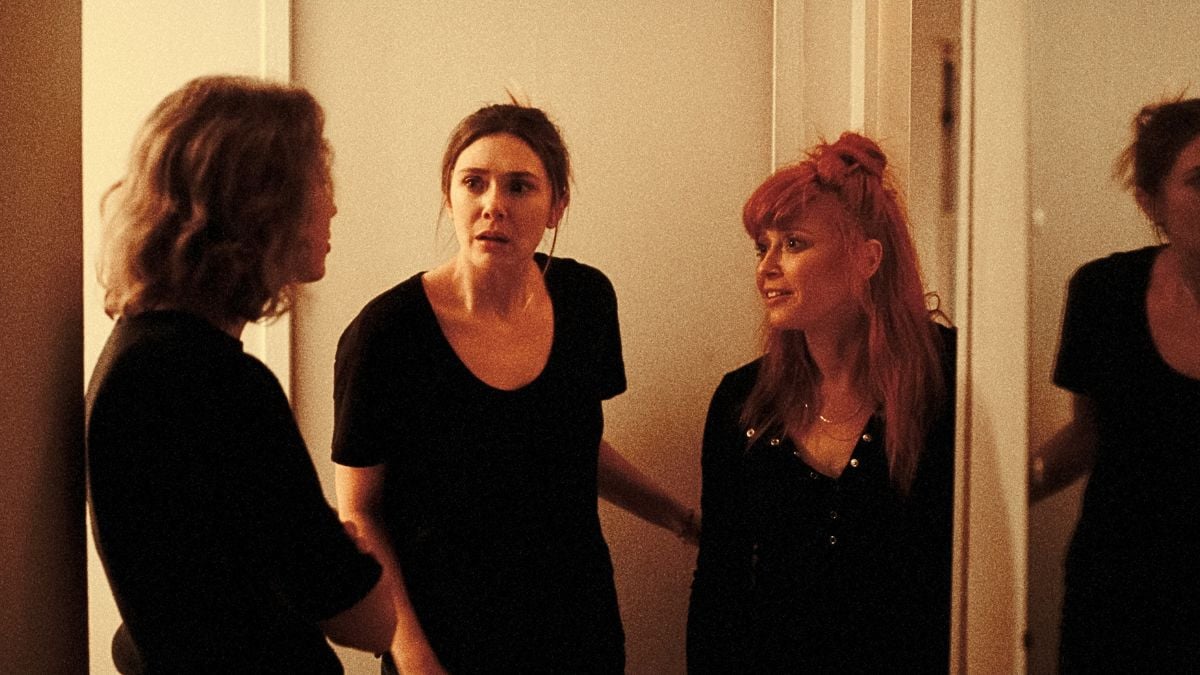
It’s a simple premise with great potential for classic drama, executed with brilliant sensitivity and generosity by writer-director Jacobs (French Exit, The Lovers, Terri). The film’s very first sequence introduces the sisters’ contrasting personalities; Katie tries to set ground rules for the days ahead to minimize the chances for conflict, but her fast-paced speech and fidgeting manner undermine her attempts to be assertive, and her nervousness is soon crystallized by a faux pas in which she mistakes her dad’s needs for her own. Katie’s cut off by an emotional, fragile Christina, whose quickness to mention her baby daughter reveals how much of her life is defined by her role as a mother.
Listening but not very interested in intervening is Rachel, who, unlike her rambling-prone sisters, expresses her feelings in only a few words. We assume it’s the weed that makes her so laid back, but, of course, that’s not the full story.
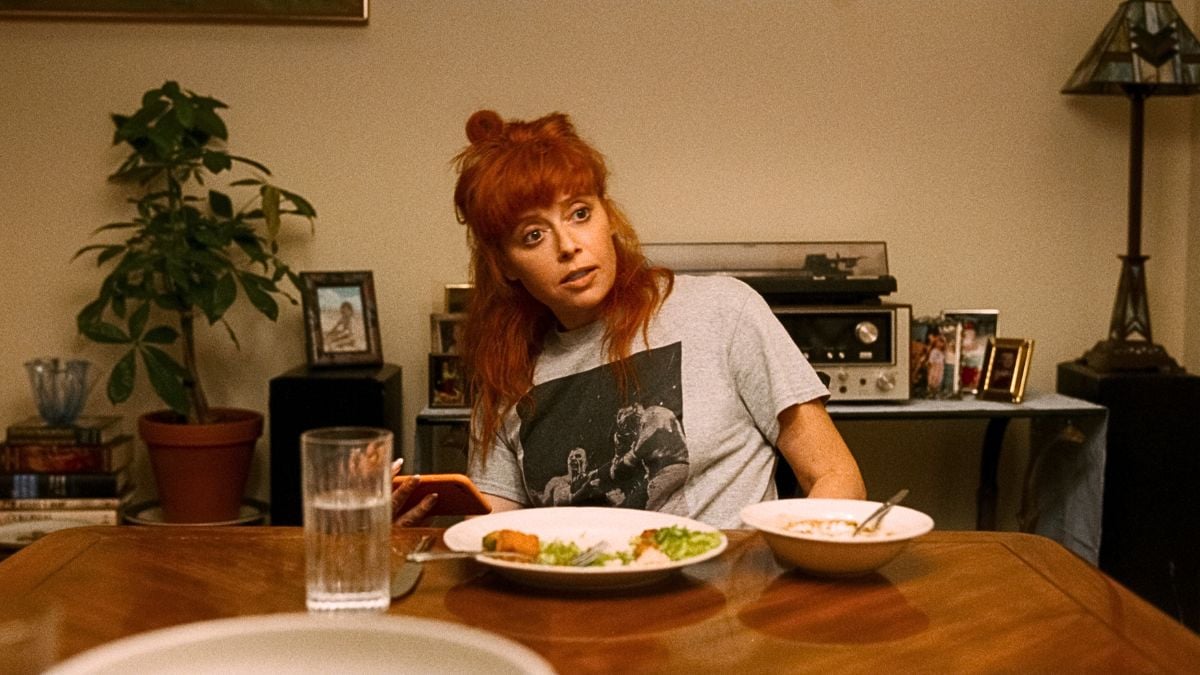
Through these three archetypes, we infiltrate a grieving family confined to a small space, their dad’s heart monitor providing constant rhythm to a challenging few days. The genius of Jacobs’ dialogue, and the skill with which his three stars translate it, however, articulates three sides of each character — in Jungian terms, their persona, or the mask they’re putting on, their shadow, or the shameful impulses they’re trying to hide, and their ego, or their sense of self.
We’re instantly challenged to think deeper than just what we’re being shown, to ascertain the meaning behind Katie’s obsession with providing food for everyone, or Christina’s lasting love for her favorite rock band from her teenage years, or Rachel’s evasion of responsibility. The answers are never entirely surprising or groundbreaking, but it’s the form, not the content, that gives His Three Daughters its shine.
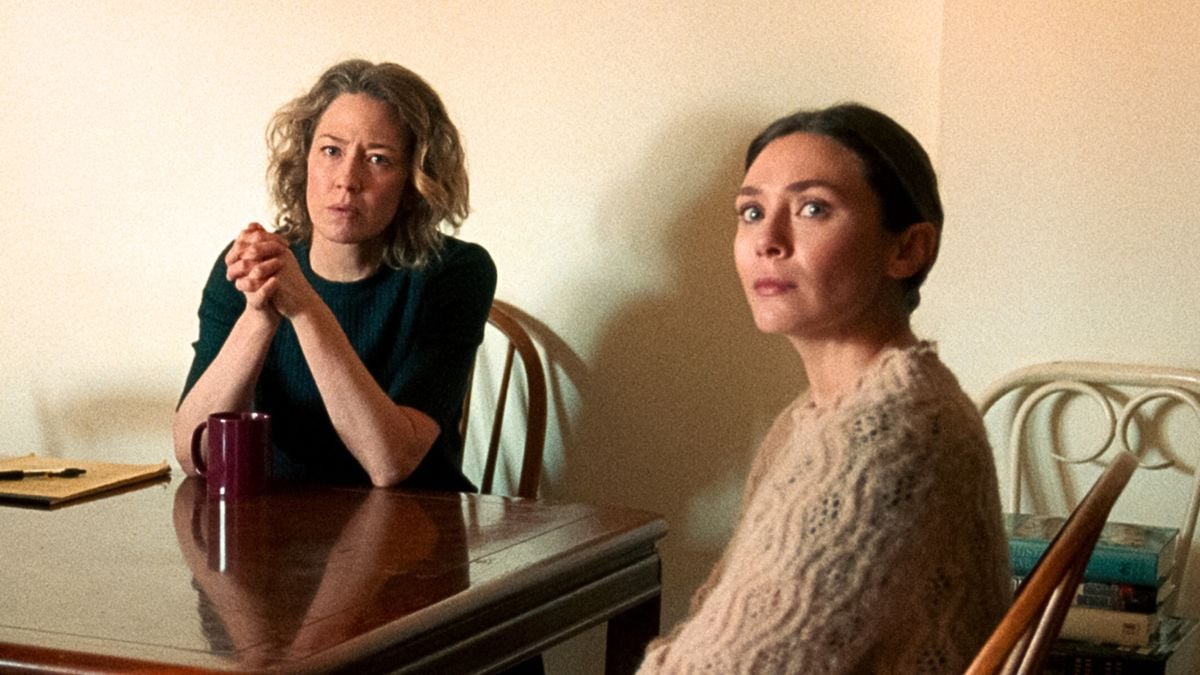
The film is not trying to revolutionize the depiction of family trauma and grief. Its main objective is to provide space to sit with uncomfortable feelings. For an hour and 44 minutes, the characters trapped by their surroundings and context, as well as the spectators trapped by our commitment to finish this film, are forced to digest and understand these emotions. And while the viewer is asked to do the heavy lifting when it comes to interpretation, by the film’s end, we’re given the explanation and the catharsis we crave. Even the most ambiguous scene in His Three Daughters becomes quickly demystified.
Jacobs isn’t too concerned with surprising the audience. His tools are the human experience and the innate complexity of emotion, and he attempts at every turn to provide authenticity and realism in his depiction of both. All characters are allowed sympathy, empathy, and respite — a mission statement delivered by Coon, Olsen, and Lyonne through understated, but remarkably complete performances that capture not just the contradictions of their individual characters, but of the sibling relationship, which is defined as much by love and a shared past and sense of identity, as it is by constant competition and life-long grudges.
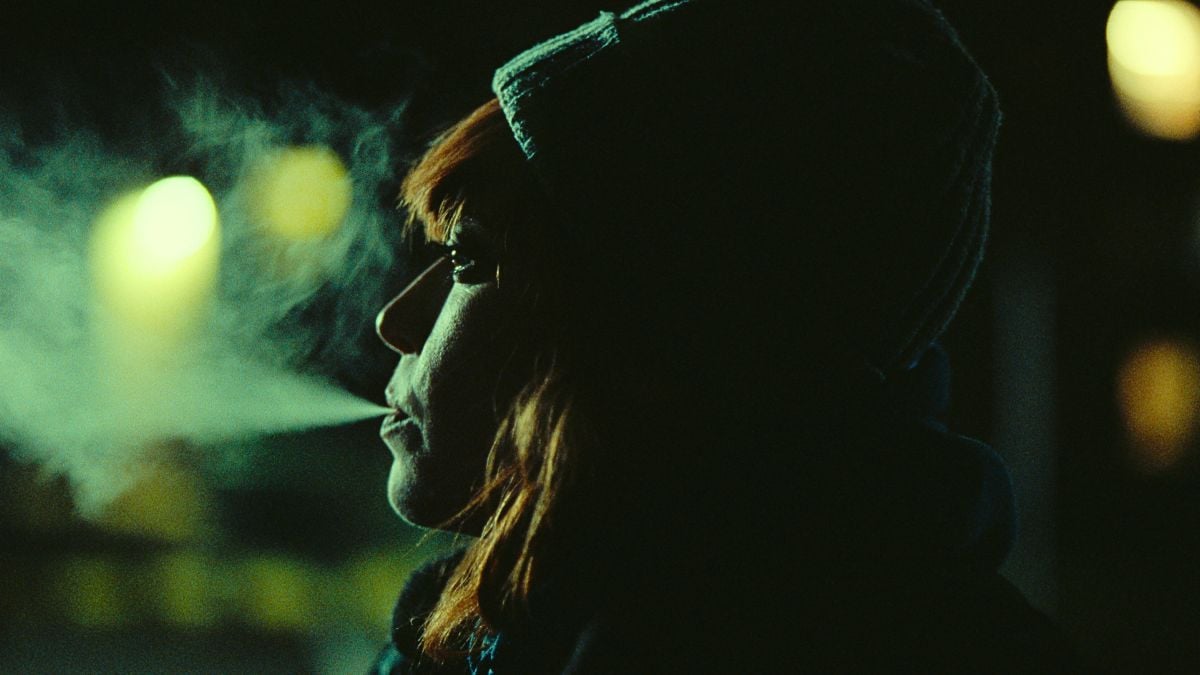
Jacobs reserves a couple of metatextual moments to heighten our awareness that it’s a movie we’re watching, not real life, no matter how close one attempts to come to the other. This gives him an excuse, without cheating on his realistic initial approach, to turn romantic in the film’s final moments, as being literal often proves inadequate and insufficient when you’re dealing with something as abstract as death. The characters know this, the film knows this, and the viewer does, too.
After all, we need art, representation, and the distance for reflection that both require, to help us process life’s more complicated experiences — and none are more complex than death. Olsen’s Christina reminisces about a conversation with her dad, a lover of movies who nonetheless argues that films, shows, and books never truly capture what it is to die, because translating the experience into material corrupts its true essence. The only way to convey death, he told her, is through absence.
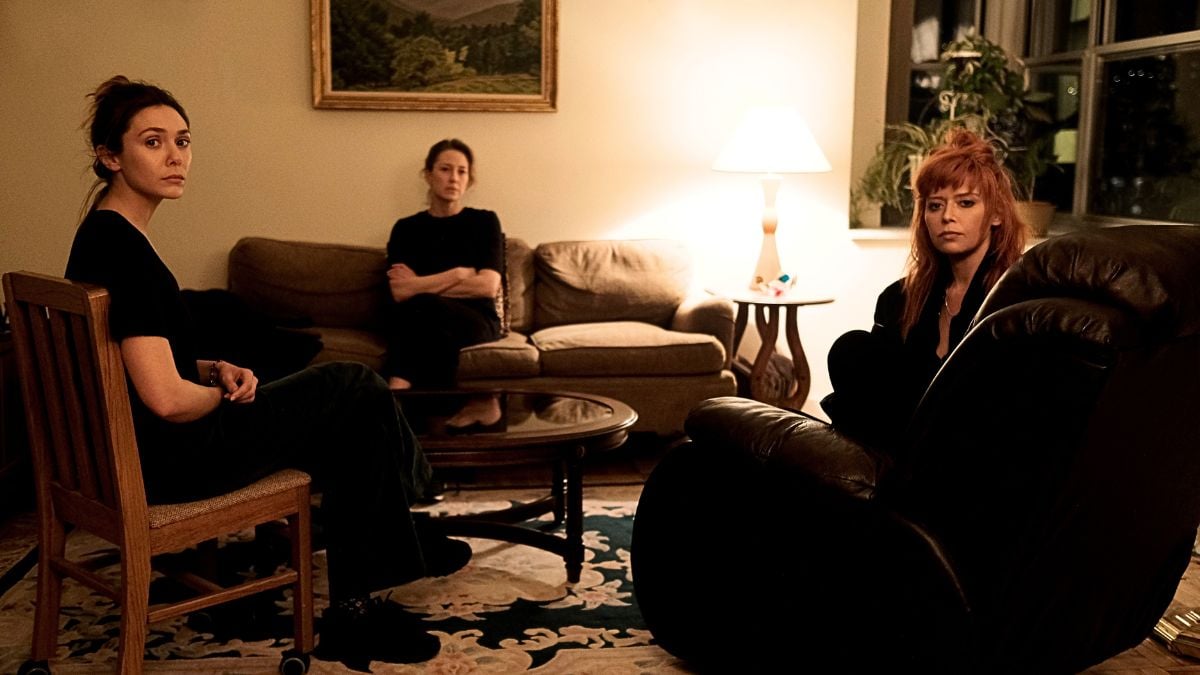
Jacobs tests this theory, and comes close enough to a faithful depiction, by choosing to focus on the sisters, never showing their dad until one crucial point. His death is represented not by his decaying appearance, but by its effect on the three people closest to him, as well as his home, which still retains so many artifacts of his existence, but which he no longer truly inhabits — he’s bedridden in a room we never enter.
Minimal lighting, score, production, and costume design, as well as the warmth of shooting on film, add to the simplicity and comfort of His Three Daughters. Through its unpretentious story and characters, the film provides a clear, cohesive, and concise exploration of its themes. It’s a complicated topic but an easy watch, and therein lies its strength.
Its universality and the subtle strength of the leading trio’s performances, especially Lyonne’s quiet anguish, might just make His Three Daughters one of the year’s top contenders for big awards, come 2025. It’s surely one of Netflix’s best bets in the coming race. The film is currently in select theaters. It arrives on Netflix Sept. 20.

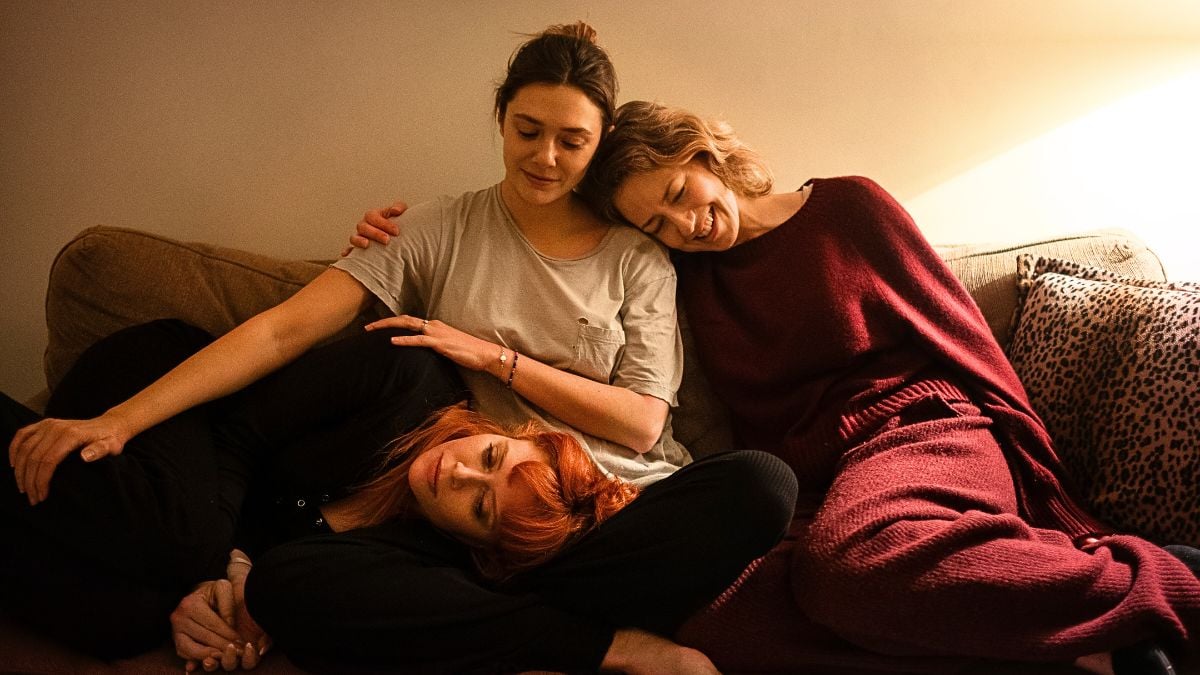
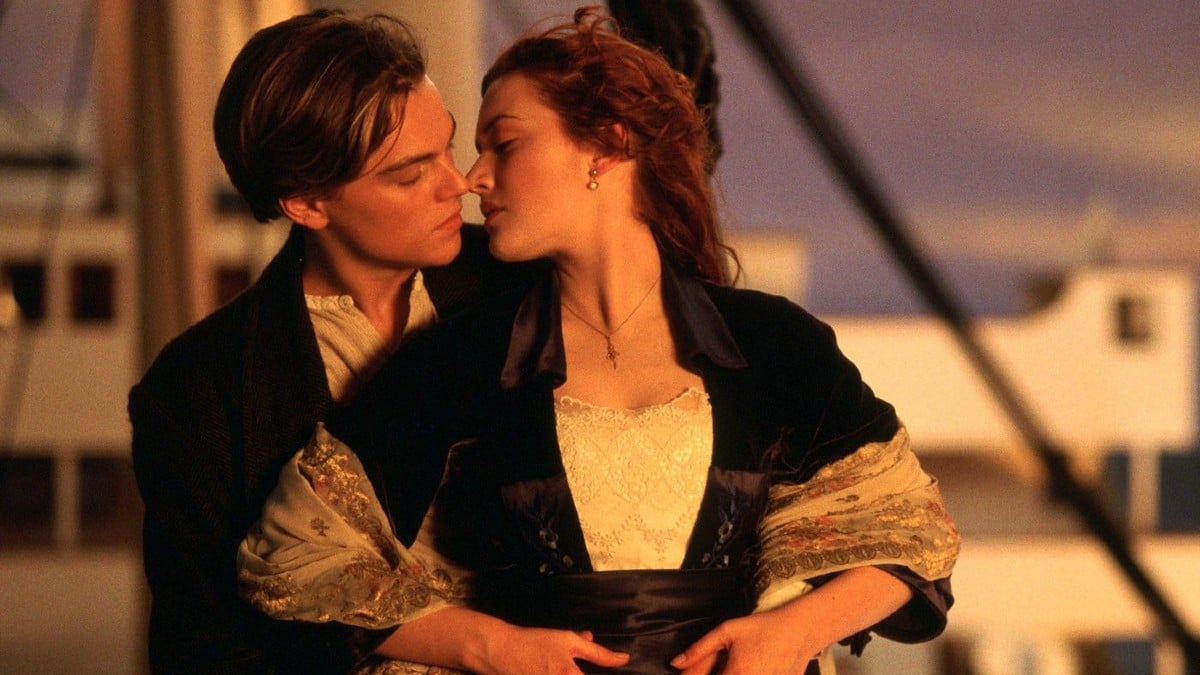
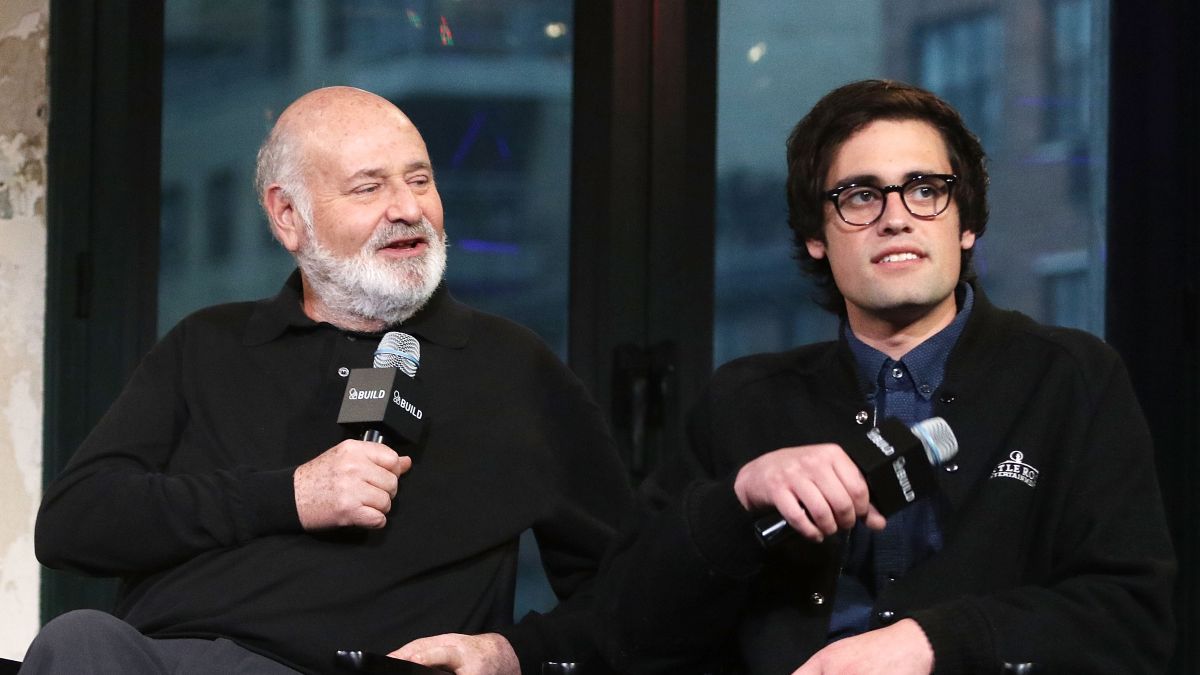


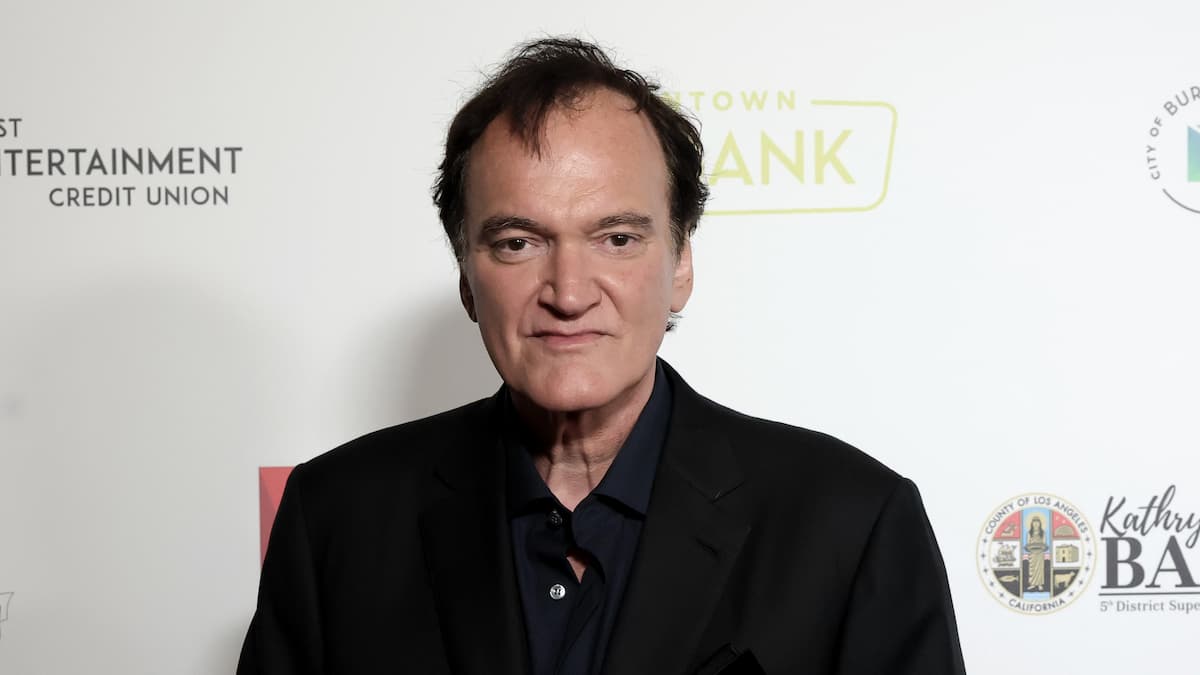
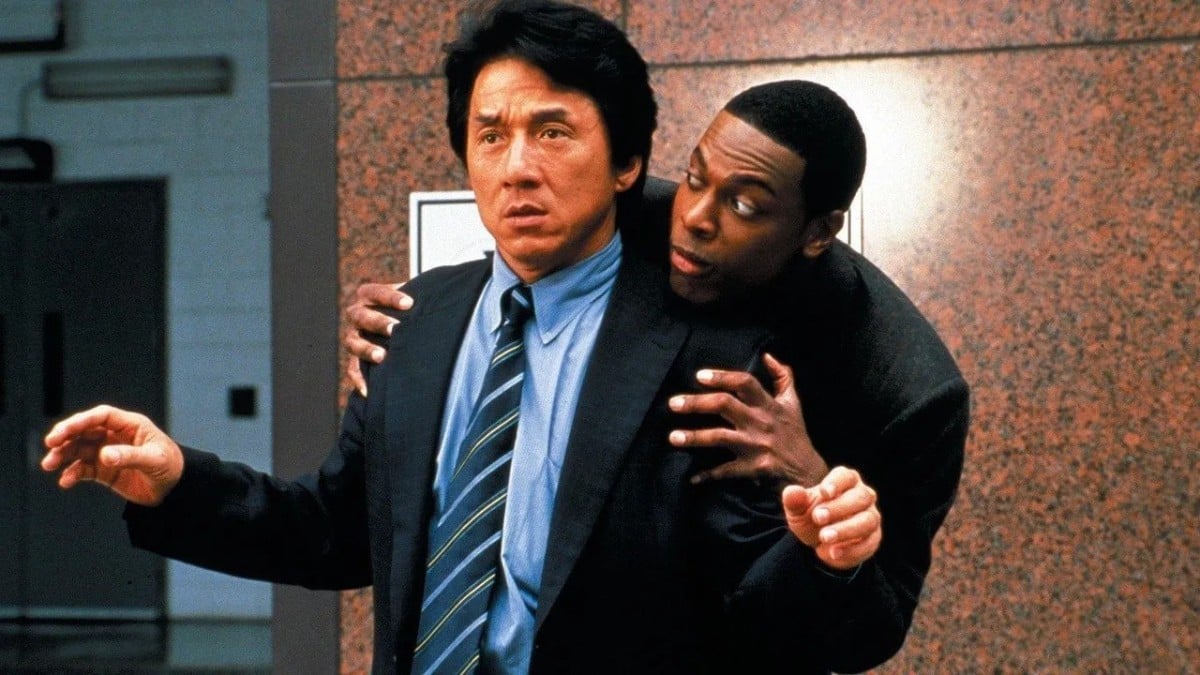



Published: Sep 17, 2024 06:02 pm